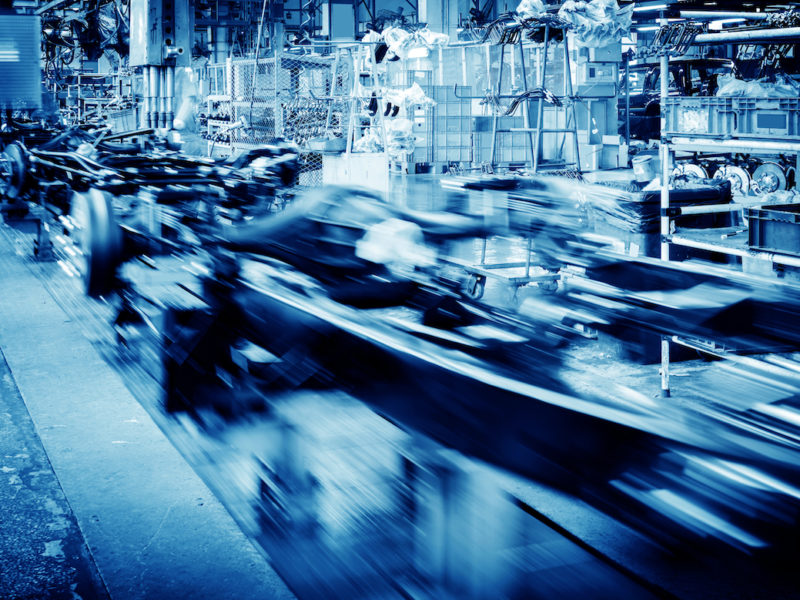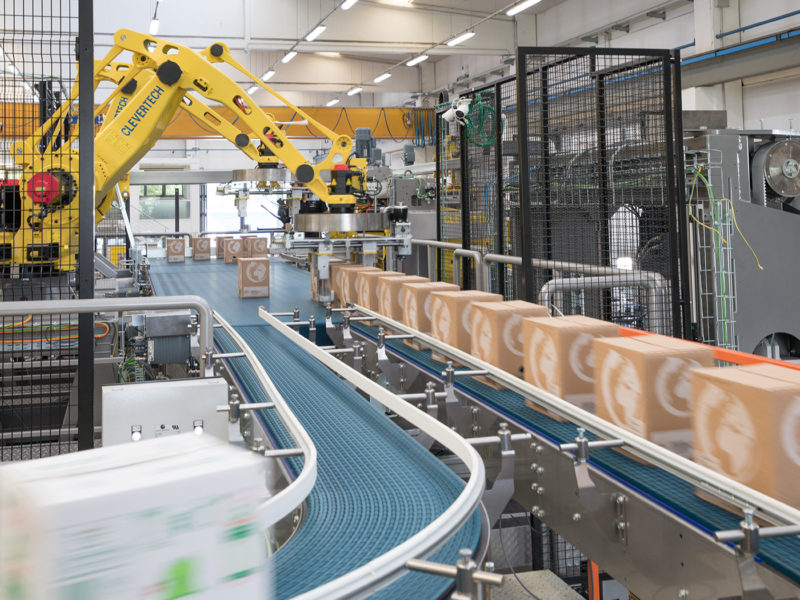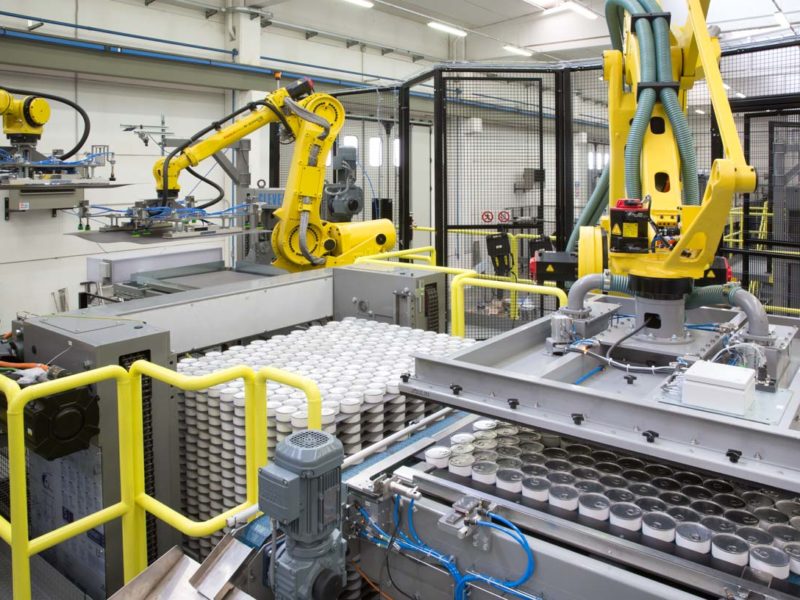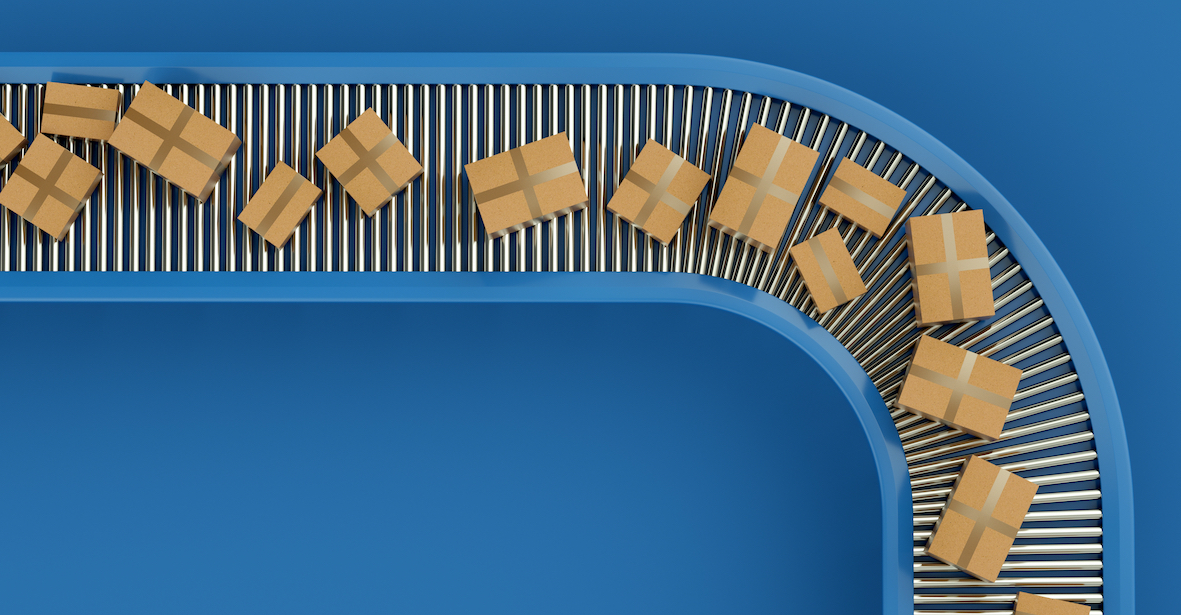
Automating the consumer products end-of-line packaging area for time and cost savings
When we say end-of-line automation we are referring to the automated technology that operates in the final part of a consumer goods production line. This is the technology that basically organises, packs and prepares the products for delivery to resellers, wholesalers or stores.
From packing to labelling, including loading, unloading, cartoning and palletising, it’s not hard to guess why many are seriously considering end-of-line automation: the performance improvements of end-of-line systems are simply undeniable. But how so?
End-of-line systems support business growth
Market globalisation is driving the tremendous growth of many sectors – the food sector being one – and more and more companies are coming to a point where handling the increasing workload manually is no longer an option. This is where technology comes to the rescue to support the changes and growth of your business.
In a production line, final processes like packing and box handling are the stages running the greatest risk of accumulation and inefficiencies. Automated end-of-line systems offer an incredible way to organise and accelerate this stage, ensuring efficient and cost-effective delivery of final products to distribution channels while keeping safety and quality levels high. Uniform and coherent processes stand to benefit the most from end-of-line automation. For example, automation loves repetitive and monotonous tasks like palletisation. This means that with automatic end-of-line systems company staff can do work that is more specific to their role and leave mechanical tasks that don’t require the use of human ingenuity to technology.
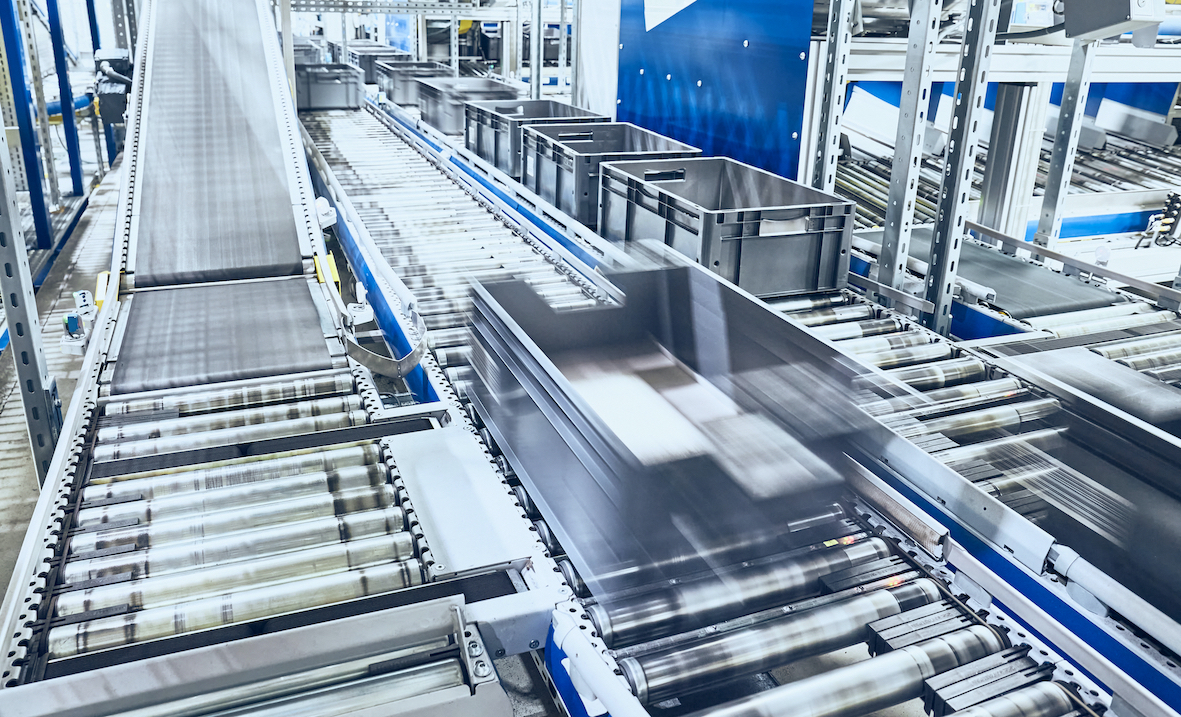
Responding to market demands with end-of-line automation
End-of-line systems represent the last stop in a production line, where boxes, bags, bottles and reels are handled by highly efficient machinery. The product is conveyed until the containers are closed and arranged in pallets for shipping or storage in the warehouse.
Adopting end-of-line solutions is a way to effectively face some of the problems that the modern industrial world is grappling with, including the global labour shortage and resulting rising labour costs. In addition, palletisation operations are repetitive and can be very taxing on the human body; sometimes they are the source of workplace accidents. However, there are other aspects leading to the success of a company, such as the quality of its product, how competitive its offering is, how efficient its machines and work organisation are, and how long it takes to deliver. Automating the end of the line is the simplest way there is to effectively respond to the market’s demand for speed, precision, and time/resource savings.
The automation of end-of-line operations can make a real difference in any company, small or large, in moving it towards maximum efficiency.
The advantages of end-of-line automation
As a result of the significant advantages associated with end-of-line solutions in terms of cost-effectiveness and production time, it only takes a short time to recoup the investment. Let’s take a detailed look at some of the main benefits of automating the end of the line:
- automatic machines help reduce workplace accidents, wipe out human error, and reallocate resources to activities that require human ability or interactions and make better use of employee skills;
- every end-of-line process is monitored in real time, with immediate intervention when critical issues or malfunctions occur to ward off process downtime and delivery delays;
- automatic end-of-line systems reduce the use of material; for example, they use tape or glue only in the amounts necessary for proper closure of the boxes, avoiding waste and reducing costs;
- more output is created and at a faster pace, giving the opportunity to meet the increasing demand generated by the mass use of the Internet and e-commerce;
- due to their speed and precision, end-of-line systems reduce lead times: the interface between the end and the rest of the production line, format and product changeovers, and packing and palletisation operations are faster;
- with a single integrated end-of-line solution costs are reduced and very high-quality performance, satisfied customers and fulfilled employees guaranteed;
- productivity losses from employee absenteeism are eliminated;
- the level of flexibility of these systems is high, based on the specific needs of the production line, in order to accommodate the large range of end-of-line packages and containers in the market.


